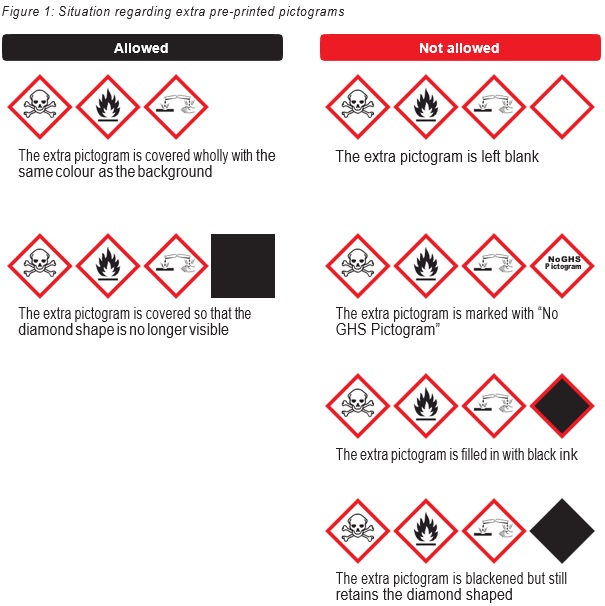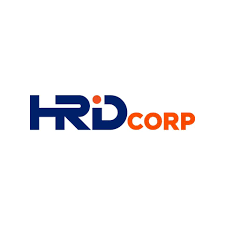
Label
If the chemical is not classified as hazardous under the CLASS Regulations, the labelling need not be done as per required by the Regulations. However, classification and the record of classification shall be prepared and kept by the importer.
CLASS Regulations does not require translations to be made by certified translators as long as the meaning does not deviate from the original documents. It is the duty of the suppliers to ensure appropriate translation of SDS from English to Malay Language. DOSH is not providing any translation services. However, common terms and phrases such as hazard classification, hazard statement, precautionary statements and SDS headings shall be as specified in both languages in the Regulations and Industry Code of Practice on Chemicals Classification and Hazard Communication (ICOP CHC). This can facilitate translation process by the suppliers.
For imported products, the responsibility lies with the importer. The importer is to provide the packaging, SDS and label complying with CLASS Regulations when the product enters the place of work.
Extra pre-printed pictograms should be covered using the same colour as the label or blacked out entirely without showing the diamond shape. Examples of situations are given in Table 1

No. CLASS Regulations only allow the use of red border pictograms.
Yes. The identification of local supplier is mandatory to be included in the label and SDS.
Yes. All related hazard statements need to appear on the label unless there is evidence of duplication or redundancy. Where applicable, combined hazard statement in accordance with Third Schedule shall be used on the label.
- Storage tank – need label according to CLASS Regulations
- Pipeline – no labelling needed according to CLASS Regulations
- Tanker (during transportation) – may not need label according to CLASS Regulations
- Tanker (stationed at workplace) – need label according to CLASS Regulations
Maximum allowable precautionary statements on the label are 6 unless necessary to reflect the nature and severity of hazard.
Yes, but additional information is not considered in calculation of label size.
Each of the pictogram must be 1/15 of the surface of the label but must not be less than 100 mm². Surface of the label considered is the surface containing information as specified in subregulation 8 (1) & (2), CLASS Regulations.
There is no standard format that have been fixed but all the information as specified in subregulation 8 (1) & (2), CLASS Regulations must be included on the label.
Based on the provision of CLASS Regulations, the use of coloured background is acceptable but must not camouflage the text. However, the background of the pictograms must be white.
Yes, you can put two different company names on the label to provide details of the supplier. For example, the details of manufacturer and distributer/importer can both be on the label. The details of the local supplier is mandatory whereas the details of overseas manufacturer is optional.
Precautionary statements that shall be used must be as stated in ICOP CHC (Appendix 3.2 List of Precautionary Statements).
The information required in the SDS shall be in accordance with the minimum requirement as specified in Part 3 of the ICOP CHC (Paragraph 3.6). The REACH data can be used if it relates to the information required for the SDS.
Yes. It is the duty as importer (principal supplier) to prepare a CLASS Regulations’ compliant SDS in both languages.
No, DOSH does not provide any approval or certification to SDS and labelling. It is the duty of supplier to ensure their SDS and labelling is according to the CLASS Regulations and ICOP CHC.














